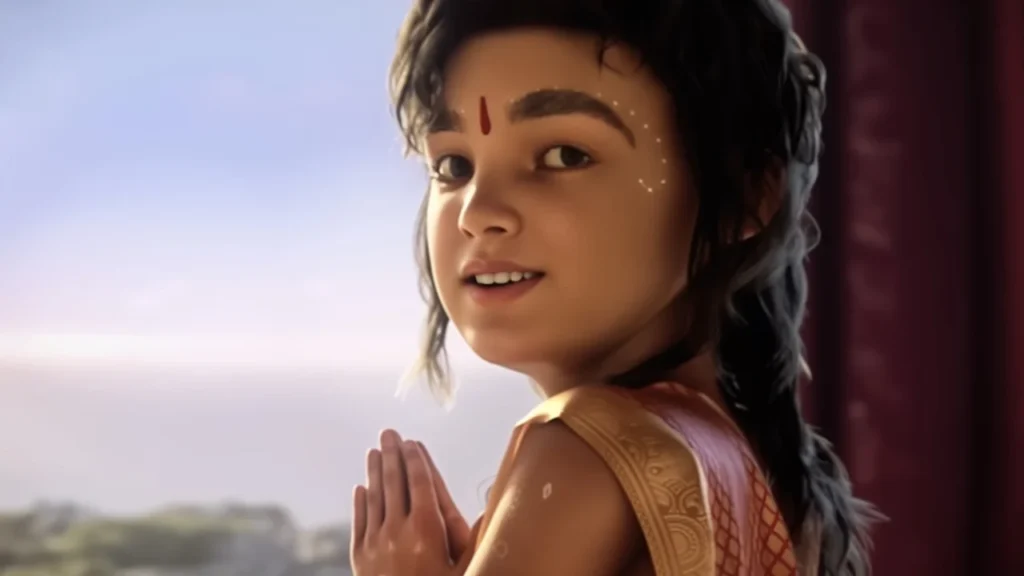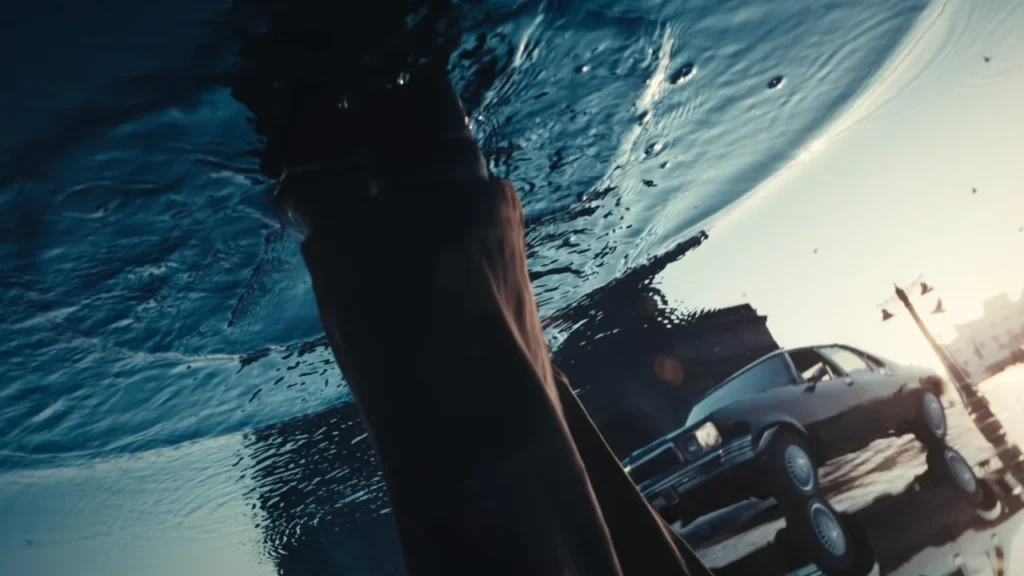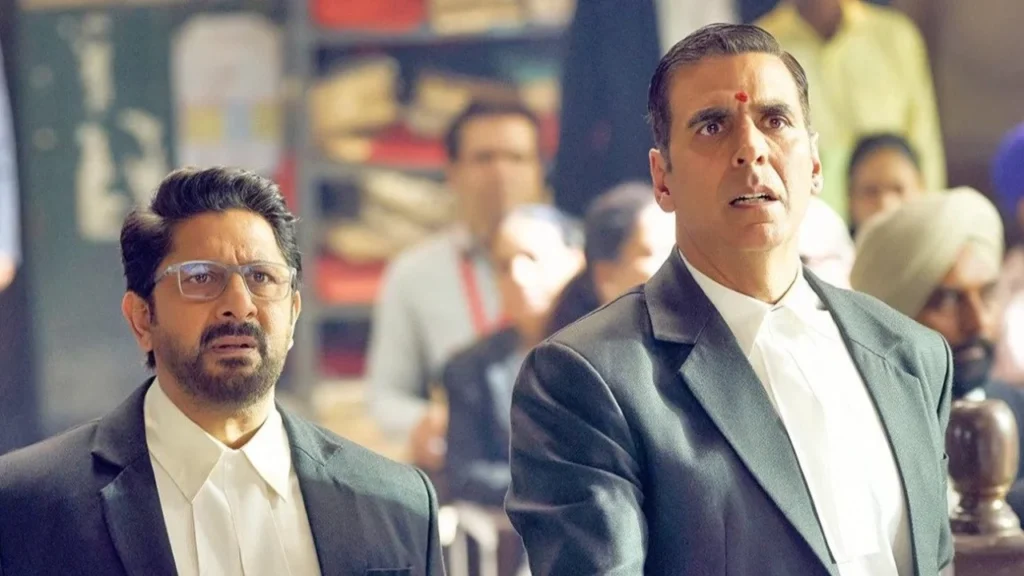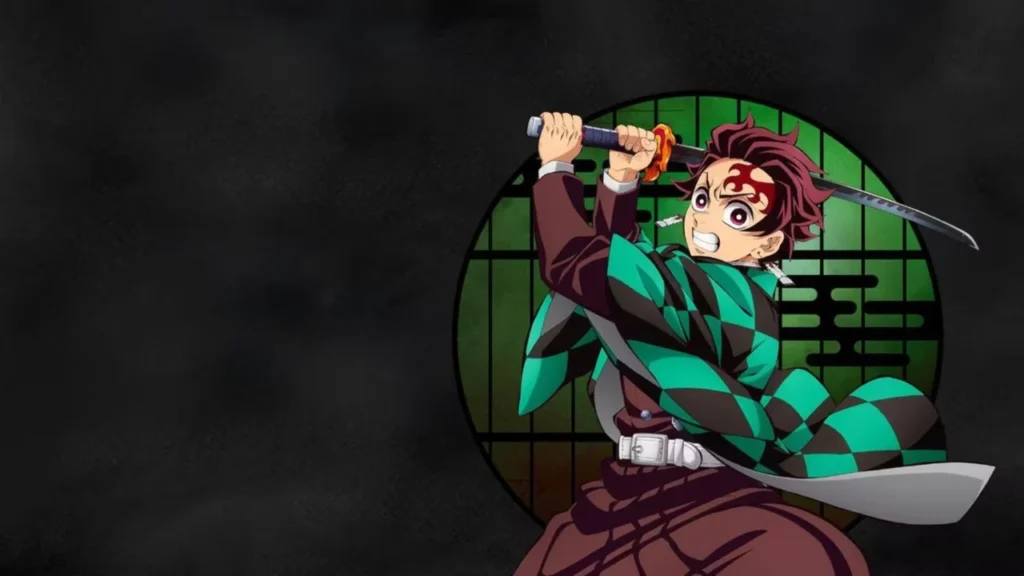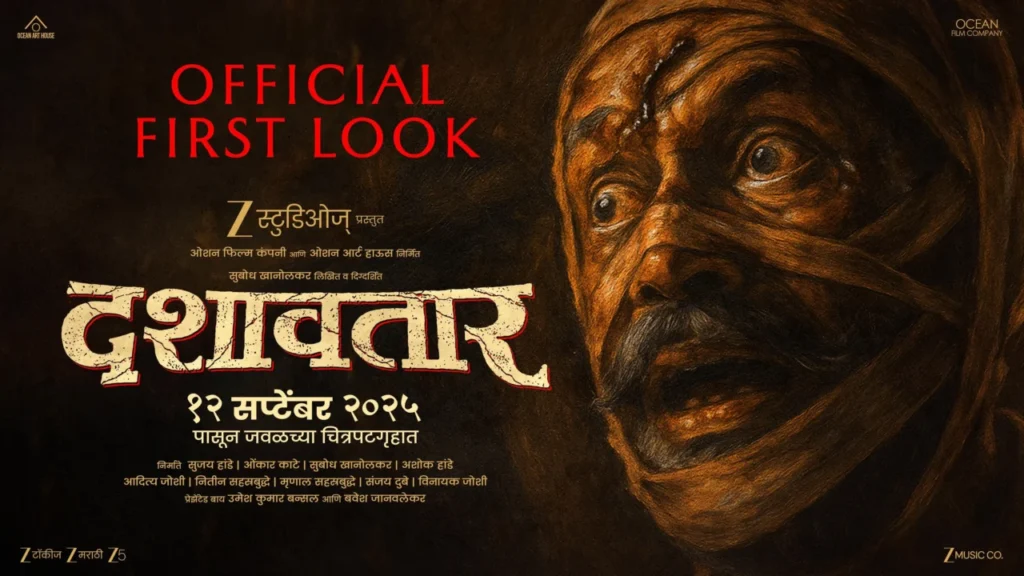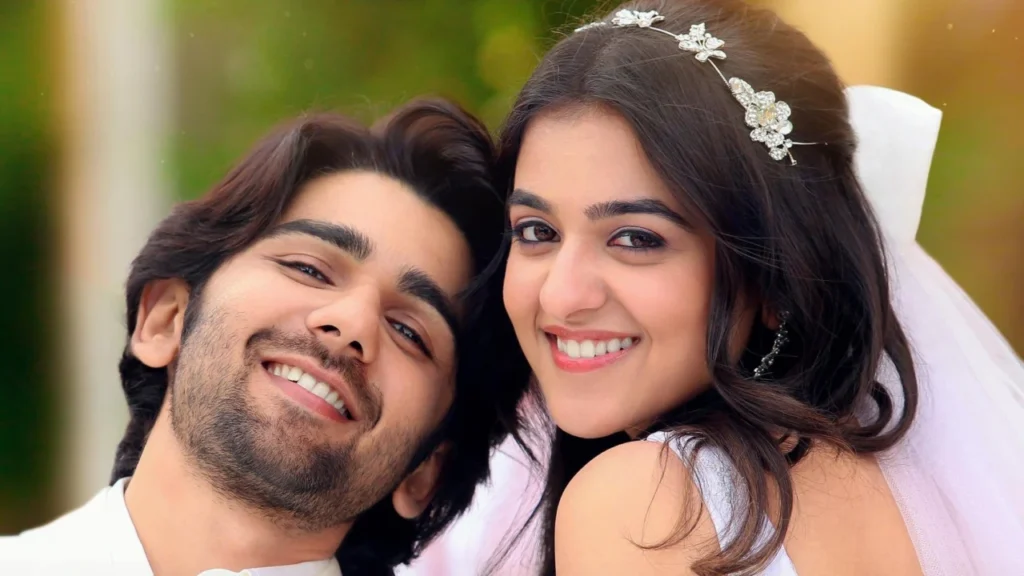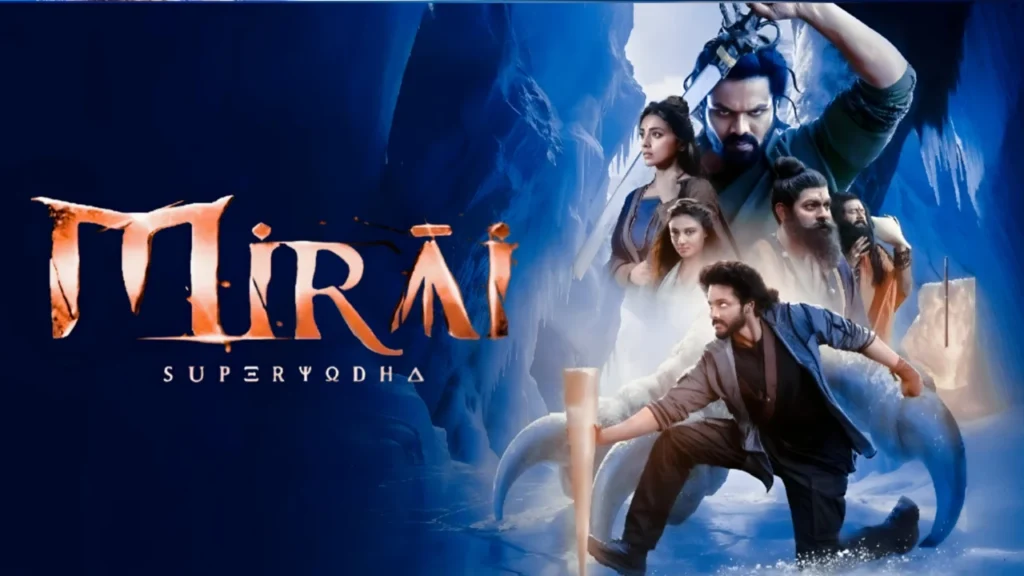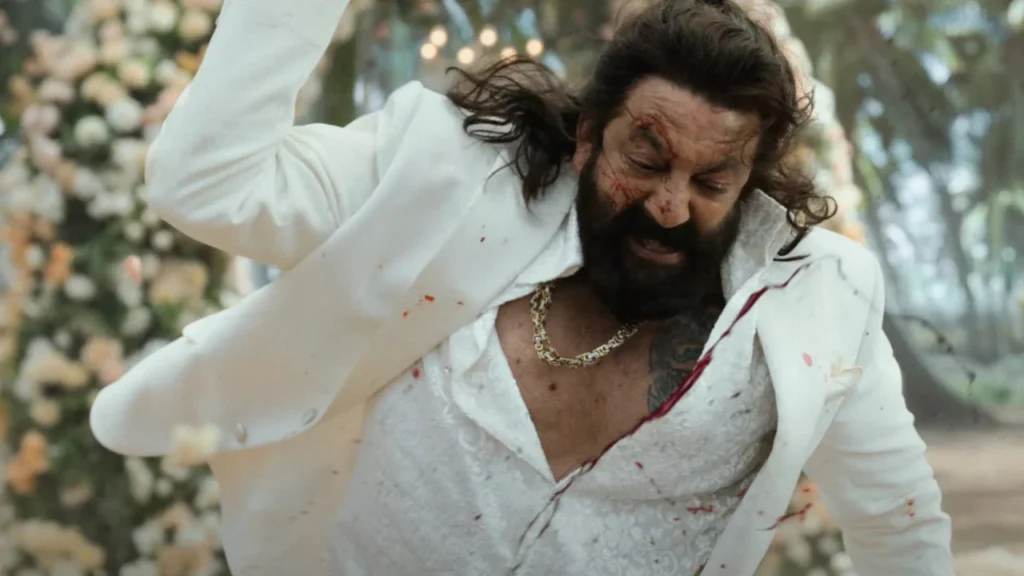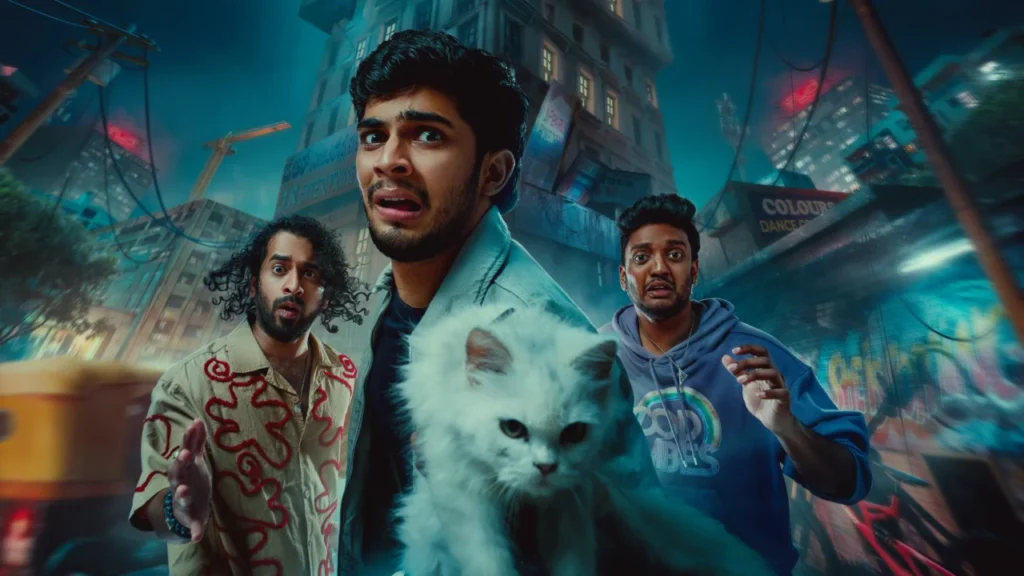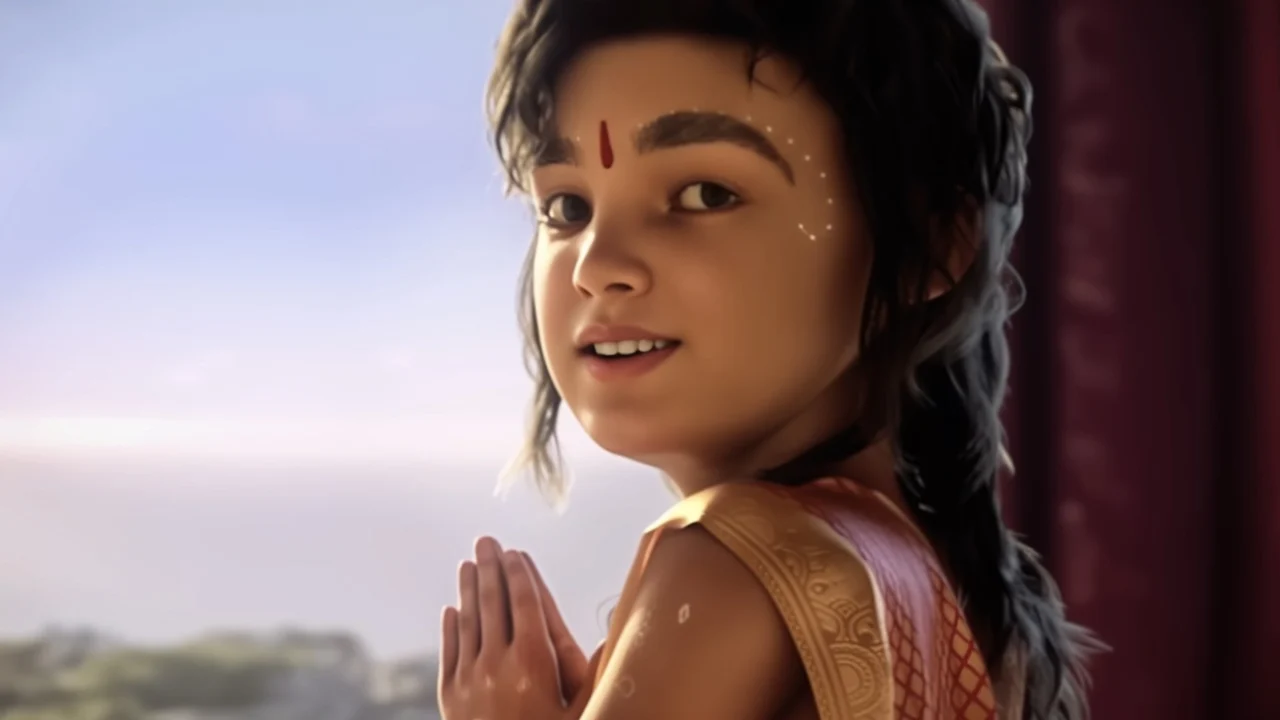
Mahavatar Narsimha (2025): Finally, an Indian Animated Film That Gets Mythology Right
Mahavatar Narsimha represents a turning point for animated storytelling in India. Director Ashwin Kumar has crafted something special here – a mythological drama that breathes life into Lord Vishnu’s powerful Narasimha form through remarkable visuals. The voice cast includes Harjeet Walia, Aditya Raj Sharma, and Haripriya Matta, who bring these legendary characters to our screens.
This 131-minute journey takes us through one of Hinduism’s most beloved tales. Released across five languages, the film connects with viewers from different regions. You can watch it on Netflix now, and it’s creating waves among families looking for meaningful content rooted in their culture.

A Timeless Tale Retold
Hiranyakashipu loses his brother and blames Lord Vishnu for it. His grief turns into rage, then into something darker – he starts seeing himself as the supreme power. Everyone must bow to him now. But his young son Prahlad refuses, choosing instead to worship Vishnu with complete surrender.
This father-son dynamic hit me hard. Here’s a child facing his own father’s wrath because he won’t compromise on his beliefs. Prahlad endures punishment after punishment, yet his faith doesn’t crack even slightly. When things reach their worst point, divinity intervenes through Narasimha’s terrifying yet protective form.
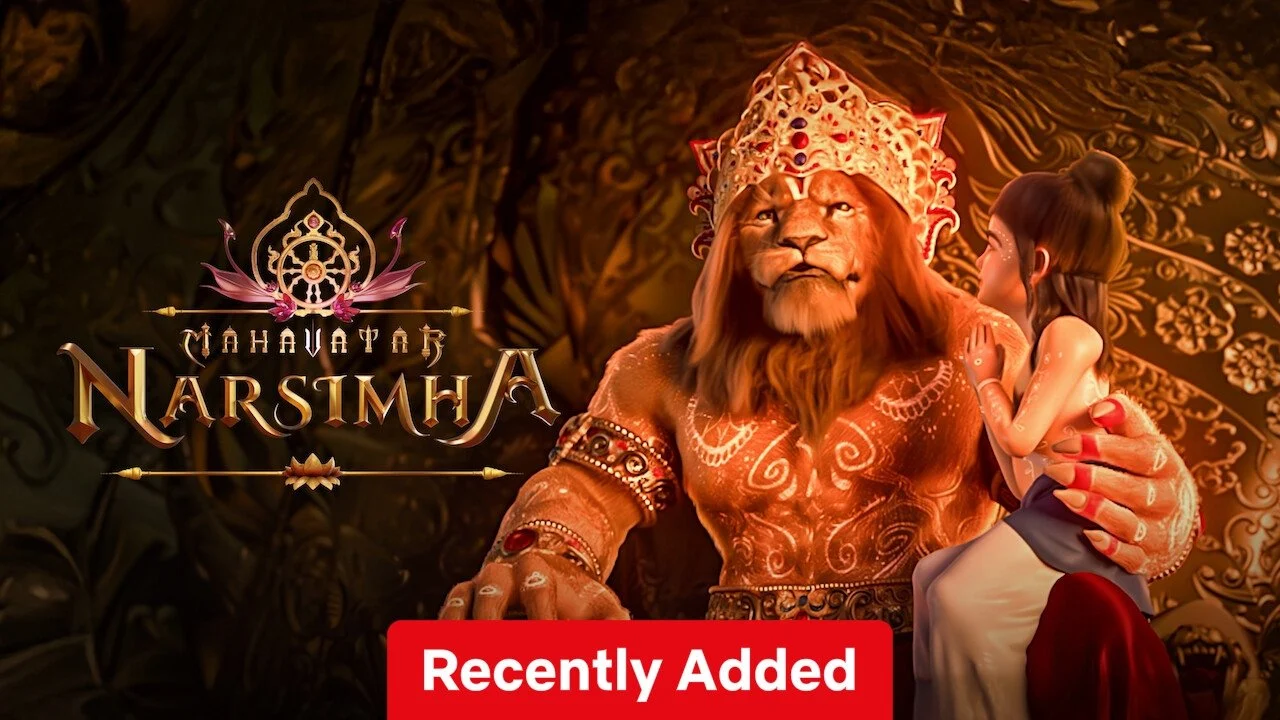
The Voices Behind the Magic
Harjeet Walia gives Narasimha a voice that stays with you. When the transformation happens on screen, his delivery captures that raw divine fury perfectly. You feel the protective rage of a god who won’t let his devotee suffer anymore. That scene alone makes the film worth watching.
Aditya Raj Sharma makes you understand Hiranyakashipu even as you root against him. He shows us a man destroyed by loss, letting his pain poison everything around him. Haripriya Matta wins your heart as Prahlad – she gives the character a purity and strength that feels genuine rather than forced.
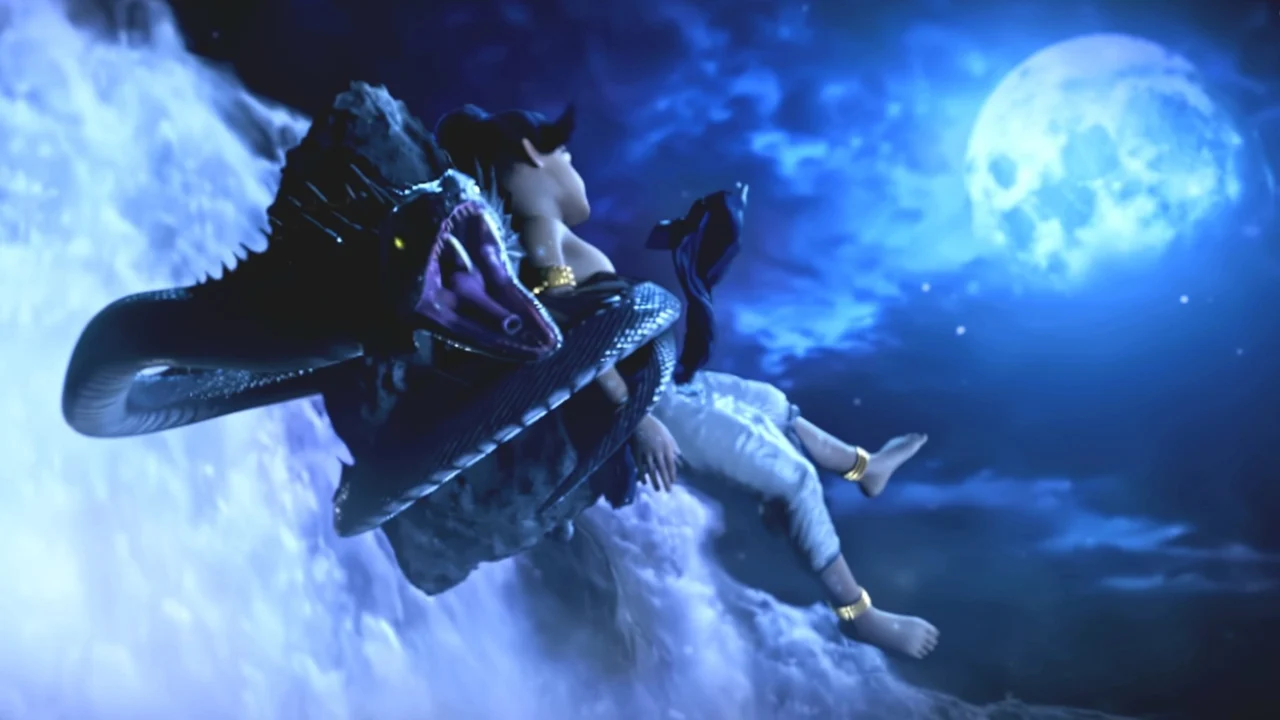
Where the Film Soars
Indian animation has struggled to match global standards, but this film changes that conversation. The sequences showing different divine forms left me genuinely impressed with their scale and detail. Every frame shows careful work – how characters move, how light falls on them, how the mythological world feels tangible.
What worked best for me was the film’s courage to stay true to its roots. In an age where everything gets modernized and diluted, this story honors the Srimad Bhagavatam without apology. It trusts that these ancient narratives have power on their own terms. That trust pays off beautifully.
Where It Stumbles
My eyes felt tired during several sequences because of excessive visual flourishes. Yes, mythology deserves grandeur, but constant sparkle and saturation can distract from the actual story beats. Sometimes less decoration would have let the performances and emotions come through stronger.
The middle section drags its feet somewhat. While contemplative pacing suits devotional material, certain moments could have moved faster without losing their impact. I noticed my attention drifting during a few dialogue-heavy scenes that repeated similar points multiple times without adding new depth.
Industry Recognition
Viewers on IMDb have given it 8.8 stars, showing genuine appreciation beyond casual entertainment. People are calling it transformative, saying it affected them spiritually. The platform’s reviews mention how accurately it reflects scripture, which matters deeply to many watching.
Rotten Tomatoes reviewers describe it as visually stunning and sincere in its religious approach. 123Telugu specifically highlighted the avatar transformation scenes, calling them memorable for their technical achievement and emotional weight. Critics across platforms acknowledge this as a significant step forward for Indian cinema.
Real Viewer Reactions
Families are watching this together and talking about it afterwards. Parents see it as a way to share cultural stories with their children through a medium kids naturally engage with. The devotional angle resonates strongly – many people have gone back to watch it again like they would revisit a temple.
Social media shows people genuinely moved by what they saw. The film has started discussions about whether India should produce more content like this – stories from our texts brought to life with quality production. While a few viewers questioned some creative interpretations, the majority response celebrates the film’s achievement.
My Final Take
Mahavatar Narsimha does something Indian cinema has struggled with – it creates animated devotional content that works both as entertainment and spiritual experience. The technical quality matches the ambition. Despite some rough patches in pacing and visual restraint, the film succeeds where it matters most.
Voice performances add real humanity to these larger-than-life figures. The production values demonstrate that Indian studios can compete globally when properly resourced. Above everything else, the film approaches sacred material with the seriousness it deserves, never treating mythology as just content to exploit.
Rating: 4.5 out of 5

